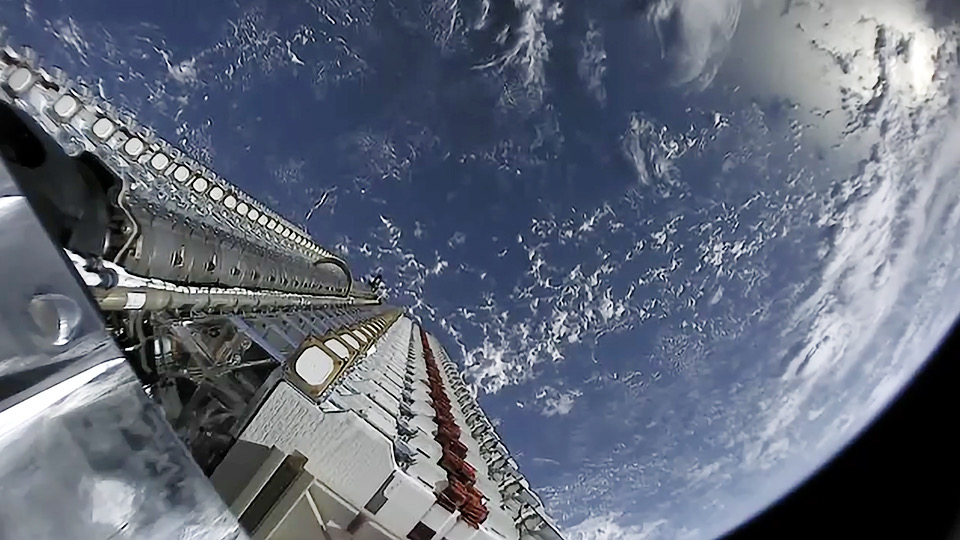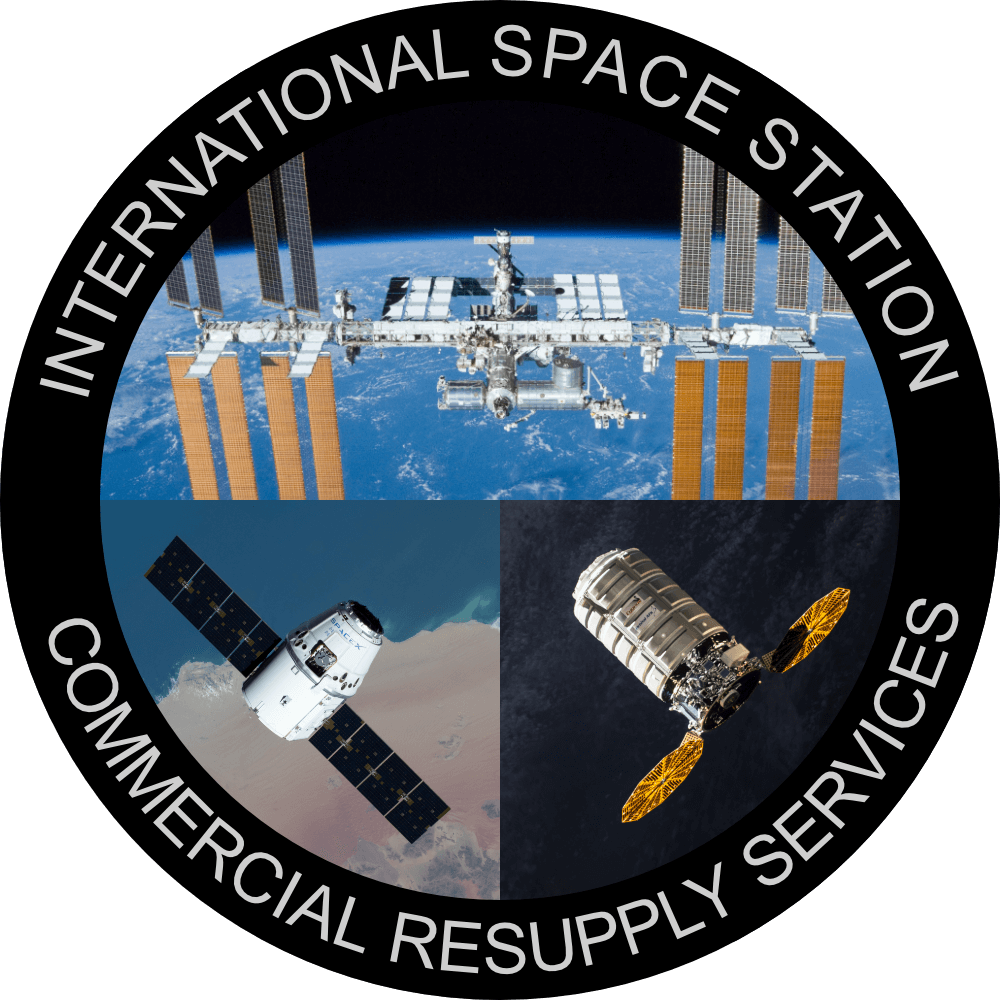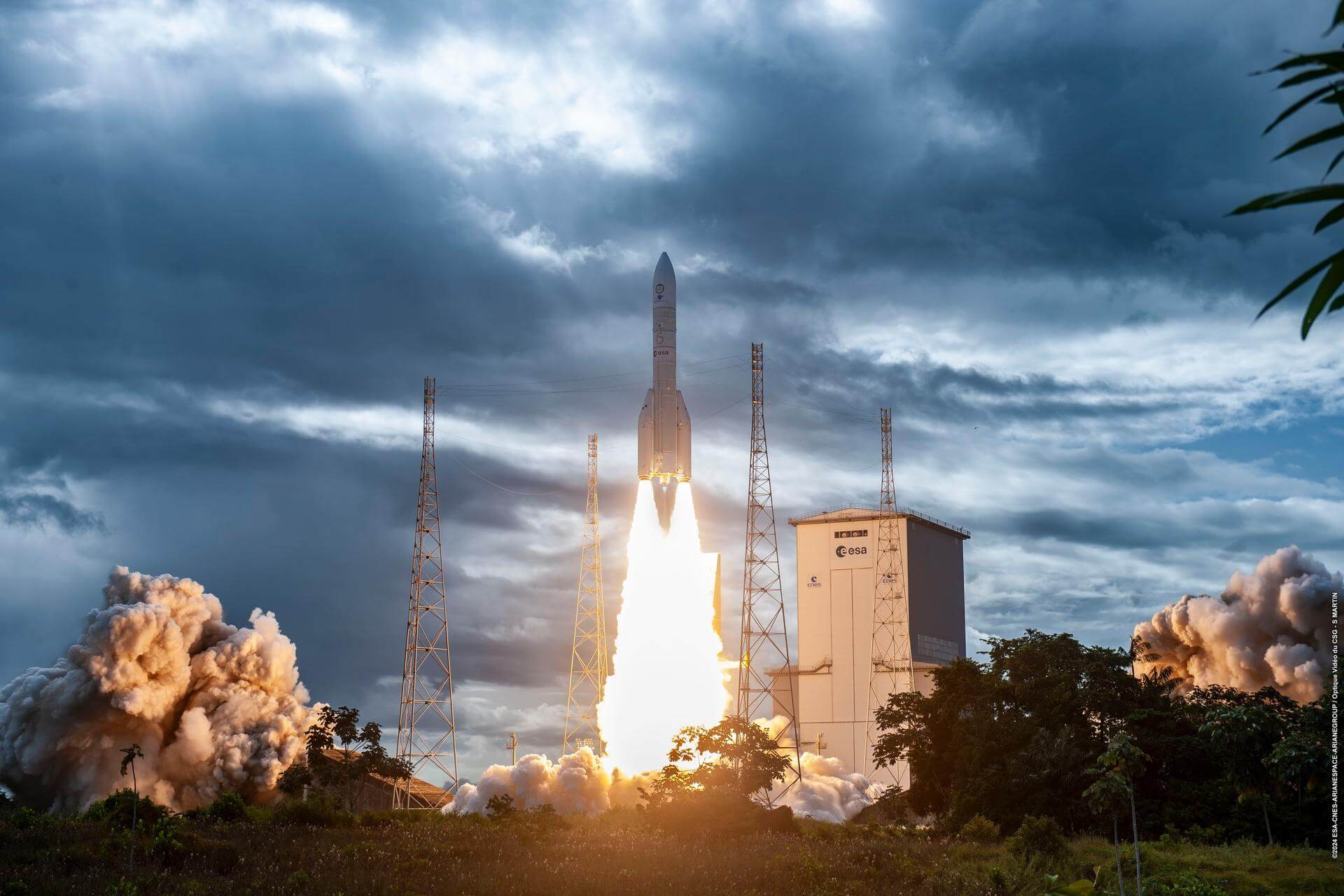· space brief · 5 min read
Space Brief 5 Feb 2025
Today's briefing covers strategic military developments including missile defense proposals and board realignments, intertwined with rising space defense exports and autonomous launcher progress.

📄Top Stories
The landscape of international defense strategies continues to evolve as former Pentagon official Frank Calvelli joins True Anomaly’s board, potentially influencing satellite procurement. Simultaneously, there’s growing momentum behind space-based missile defense systems, with discussions around their implications for global security. The U.S. Army is exploring new autonomous launcher technology, signaling a shift towards innovation in tactical defense mechanisms. Additionally, Turkish defense exports have surged significantly, highlighting a strengthened commitment to self-reliance in aerospace and defense sectors.
📰Detailed Coverage
Former Top Pentagon Official Joins True Anomaly
Frank Calvelli, who has served as the top procurement executive for the U.S. Space Force, has been appointed to the board of directors for True Anomaly, a company focused on space capability advancements. This move is seen as pivotal in aligning the firm’s goals with strategic military procurements and operational excellence in space.
Calvelli’s experience is poised to bolster True Anomaly’s role in the ever-competitive space defense market, potentially influencing the procurement and development of future satellites. The insights gained from his Pentagon tenure are expected to enhance True Anomaly’s strategic partnerships with other defense entities.
Read the full story: SpaceNews
Why a Missile Shield in Space Makes Sense
A notable initiative is underway with President Trump’s executive order to develop a missile defense system in space, aimed at enhancing U.S. defensive capabilities against emerging threats. This strategy involves deploying interceptors in orbit to counter potential missile attacks more effectively.
The concept of deploying a missile shield in space has significant implications for defense policy, potentially altering long-standing military doctrines and geopolitical dynamics. Such developments necessitate a recalibrated focus on international treaties and defense readiness, posing intriguing satellite tracking opportunities as part of its network.
Read the full story: SpaceNews
U.S. Army’s New Autonomous Launcher Prototyping Initiative
The U.S. Army is assessing industry options for autonomous launcher systems, a move that underscores the importance of unmanned technology in future military strategies. Companies are showcasing new unmanned launch solutions in response to the Army’s call for a robust, scalable launcher prototype.
This initiative aligns with the U.S. Marine Corps’ current ROGUE Fires program, which seeks to leverage advanced technology for increased operational capabilities. The development of such systems represents a significant shift in how tactical operations might be conducted in the near future.
Read the full story: Breaking Defense
Surge in Turkish Defense Exports
Turkey has reported a 29% rise in defense exports from 2023, reaching $7.15 billion. This substantial growth reflects Turkey’s enhanced focus on self-reliance and the development of indigenous defense technologies.
Experts suggest this trend underscores Turkey’s strategic aim to bolster its defense capabilities and reduce dependency on foreign technologies. This surge could potentially influence the international defense market, creating opportunities for collaboration and competition.
Read the full story: Breaking Defense
Implications of Trump’s ‘Iron Dome for America’
The introduction of space-based interceptors as part of Trump’s proposed missile defense system could challenge decades of nuclear deterrence strategy. This concept has sparked a geopolitical dialogue, particularly with Russia, regarding the potential erosion of nuclear parity.
The implementation of such a system may shift the balance of power, as it directly conflicts with established norms of mutual deterrence. This policy could lead to technological races in space capabilities, impacting both national and international satellite monitoring and strategic defense postures.
Read the full story: Breaking Defense
🛰️Satellite Spotlight
- Satellite Name: TIANMU-1 03
- NORAD ID: 55973
- Launch Date: 2023-03-22
- Mission: Meteorology
- Orbit: Inclination 97.4856°, Period 15.3086 revolutions per day, Eccentricity 0.0005110
- Operator: TIANMU
- Fun Fact: TIANMU-1 03 uses deployable solar arrays and batteries to sustain its meteorological mission, gathering critical data on atmospheric conditions.
Current TLE Data:
1 55973U 23039A 25036.17750792 .00017492 00000+0 58825-3 0 9993
2 55973 97.4856 193.0274 0005110 79.0877 281.0938 15.30860451104392Track this satellite in real-time on our web app: Track TIANMU-1 03
🚀Upcoming Space Launches
February 5
- Russian Space Forces Soyuz 2.1v/Volga:
- Kosmos (Unknown Payload) from Plesetsk Cosmodrome, Russian Federation (04:00 UTC) Unidentified classified satellite(s) for the Russian military.
February 7
- SpaceX Falcon 9 Block 5:
- Starlink Group 12-9 from Cape Canaveral SFS, FL, USA (18:50 UTC) A batch of satellites for the Starlink mega-constellation - SpaceX’s project for space-based Internet communication system.
February 8
- Rocket Lab Electron:
- IoT 4 You and Me (Kinéis 16-20) from Rocket Lab Launch Complex 1, Mahia Peninsula, New Zealand (20:43 UTC) Fourth batch of five satellites for the French Kinéis IoT constellation designed to operate with 25 nanosatellites of 30 kg each.
February 9
- SpaceX Falcon 9 Block 5:
- Starlink Group 11-10 from Vandenberg SFB, CA, USA (00:25 UTC) A batch of satellites for the Starlink mega-constellation - SpaceX’s project for space-based Internet communication system.
February 11
-
China Aerospace Science and Technology Corporation Long March 8A:
- Demo Flight from Wenchang Space Launch Site, People’s Republic of China (09:53 UTC) Demonstration flight of the Long March 8A rocket with upgraded first stage and boosters engines, and a new larger liquid hydrogen/liquid oxygen second stage with new YF-75H engines derived from ones used on the Long March 5.
-
SpaceX Falcon 9 Block 5:
- Starlink Group 12-18 from Cape Canaveral SFS, FL, USA (17:00 UTC) A batch of satellites for the Starlink mega-constellation - SpaceX’s project for space-based Internet communication system.
February 14
- SpaceX Falcon 9 Block 5:
- Starlink Group 12-8 from Cape Canaveral SFS, FL, USA (17:26 UTC) A batch of satellites for the Starlink mega-constellation - SpaceX’s project for space-based Internet communication system.
Note: Launch dates and times are subject to change due to technical or weather considerations.

Maurice Stellarski





